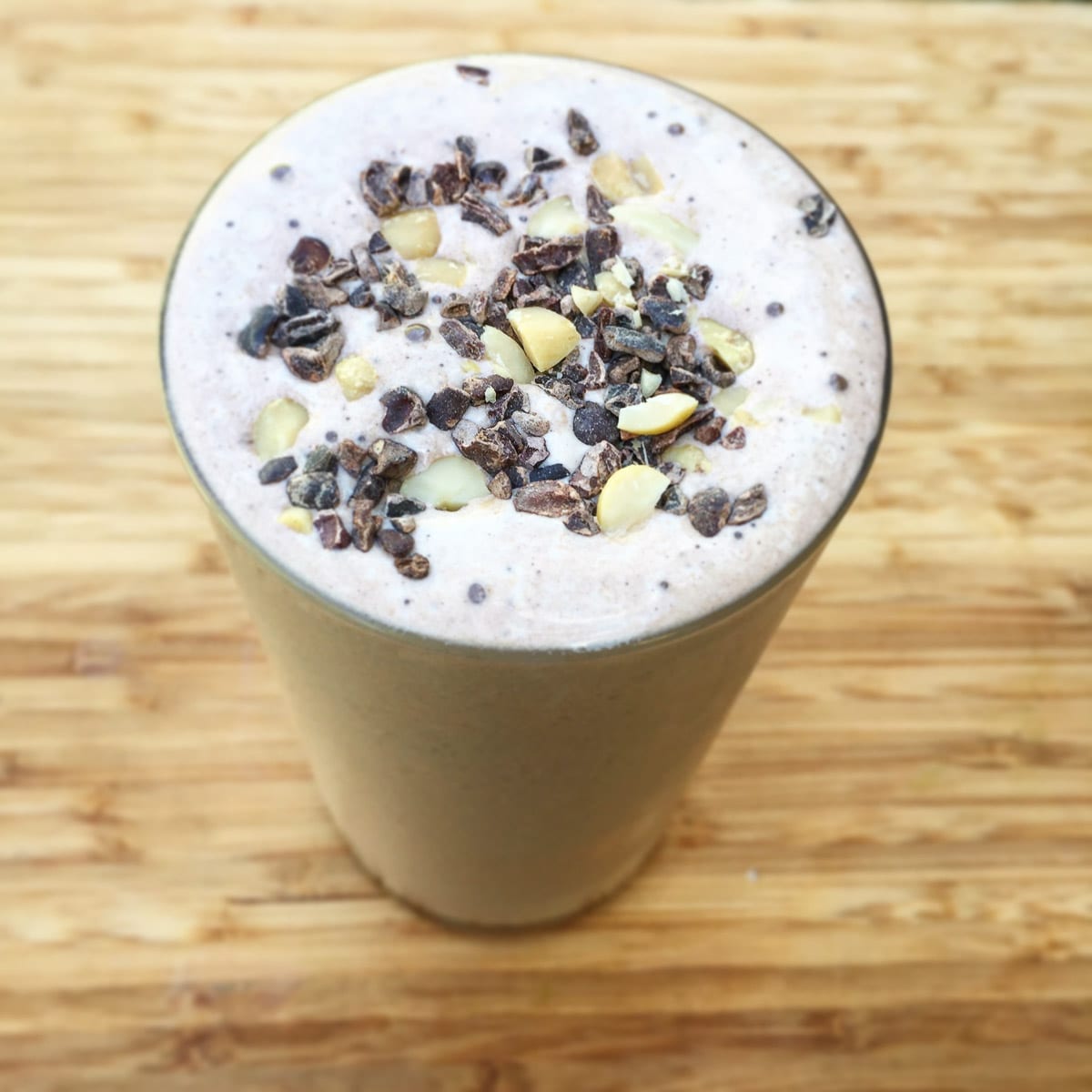
If you are involved in a sport that (a) demands leanness for performance; and/or (b) maintains a high volume of training; and/or (c) includes a weight category – you are at increased risk of Relative Energy Deficiency (RED-S Syndrome). RED-S is a state of poor energy availability where there is an imbalance of energy that can impair both health and performance.
Energy Availability refers to the amount of energy remaining after all of your metabolic processes and needs for exercise / training / competition have been accounted for.
Being in a state of low energy availability is not always intentional. Sometimes an athlete may intend to be in a low energy state to achieve a specific body composition for performance, however it may also be inadvertent – such as not adjusting intake to meet an increased need in training, or following a disordered eating pattern that does not allow for adequate energy intake. In a time where the pressure to eat ‘clean’ or follow certain diet types is high, this last one is a common occurrence.
A study in 2004 by Ferrand & Brunet showed disordered eating rates of 50% amongst elite cyclists – I can only imagine that this figure as now increased further.
If your energy intake compared to your training demands is consistently out of balance – both acutely (e.g. to make racing weight) or chronically – we may not have enough energy to cover the costs of our training, daily living and metabolic demands. This can then impact your metabolic rate, bone health, fertility, immune function and also the well being of your heart and mental health. In terms of performance, it can impact your adaptation to training while also leading to a decline in endurance capacity, strength and speed.
RED-S Syndrome is not just an issue for the extremely lean athlete. Although low body fat can be a risk factor, it is not a cause. Inadequate energy intake can exist even with higher body fat levels.
Symptoms of Low Energy Availability can be a little less obvious in the guys than girls, however – this does not make the health impact any less serious.
Some of the signs and symptoms to be aware of include:
- Disordered eating patterns that may include overly restricting intake or food groups, skipping meals or using unsafe weight loss methods; and/or
- Poor bone health (stress fractures can often be a sign of this) with a below normal Bone Mineral Density (BMD); and/or
- Reduced sex drive / Lower sex hormone levels / Issues with fertility; and/or
Depressed mood or irritability; and/or - Susceptibility to ongoing illness (poor immune function); and/or
- Reduced performance, recovery and adaptations to training.
If some of these symptoms have you nodding your head, it is really important to follow up with a sports medicine physician to complete a full review. From there, you can anticipate chats with a sports dietitian and may also find real value in seeing an exercise physiologist and/or sports psychologist.
Treatment is focused upon correcting your energy balance while creating a long-term environment that encourages a healthy, balanced relationship with nutrition for performance.



